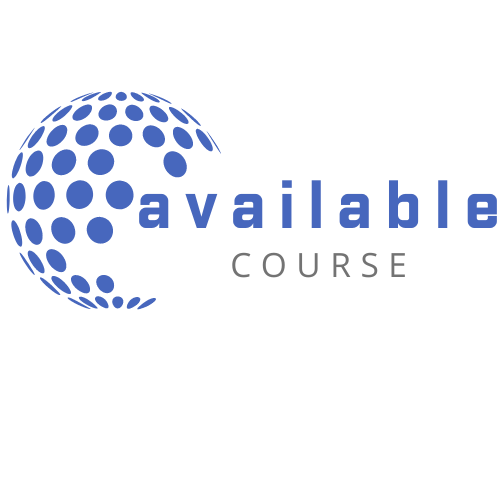
Diane Poole Heller – When Unresolved Attachment Trauma Is the Problem Working

Download Diane Poole Heller – When Unresolved Attachment Trauma Is the Problem Working on Avaicourse.com
This course is available immediately. Please contact us at [email protected] with the best service for more detailed advice.
Description
Many clients bring to therapy remnants of attachment-related wounds that they experienced before they learned to speak, so conversational therapy is often ineffective because it helps discover the roots of early memories that can continue to stir emotions and disrupt relationships. This workshop presents a unique approach to correcting insecure attachment through special corrective experiences designed to address the emotional trauma they suffered in their youth. From practical exercises and videos of client sessions, you will see how the DARe effect (dynamic experience redefinition) works in action. You will focus on how:
Identify three different styles of problematic attachment with special emphasis on avoidant and disorganized styles
Recognize why some clients become disconnected when they have formed a positive attachment to the therapist, and why empathy can have unpleasant consequences
Improve your skills of creating a safe haven and secure attachment by becoming more sensitive to nonverbal, relational, and somatic signals from clients
Increase your capacity for intersubjectivity and incorporate timely humor and playfulness into your style
1. therapeutic presence
a.Advantages
b.Disadvantages
2. the role of the family in the development of attachment style.
3. attachment Style
a. Secure
b. Avoidant
c. Ambivalent
d. Disorganized
4. Defining a secure attachment
voice tone
b. Safety
c. Protection
d. Humor
e. Relaxation
f. Self-Regulation
5. Secure investment strategies
Troubleshooting
Repair rituals
c. Secure Priming
synaptic sculpture
Exercise “Good eyes”
E. affect modulation
d. regulation of the nervous system
h. Cancel the response about freezing
i. Somatic Strategies (D. A. R. e.)
6. Neuroscience and neuroplasticity
The science of what helps us connect
b) memory fluidity
C. effects of abuse on the brain
7. Being sensitive to client replicas
nonverbal cues
b) relational signals
C. Somatic signals
8. Sadistic violence
9. The resolution of the injury
10. Video vignettes of comprehensive trauma treatment
More information about medicine:
Medicine is the science and practice of establishing the diagnosis, prognosis, treatment, and prevention of diseases.
Medicine includes various methods of medical care designed to maintain and restore health through the prevention and treatment of diseases.
Modern medicine uses biomedical science, biomedical research, genetics, and medical technology to diagnose, treat, and prevent injuries and diseases,
usually with pharmaceuticals or surgery, but also with various treatments such as psychotherapy, external splints and traction, medical devices, biologics, and ionizing radiation.
Medicine has been around for thousands of years, for most of which it has been an art (a field of skills and knowledge), often with links to religious and religious beliefs.
philosophical beliefs of the local culture. For example, a medic used herbs and said prayers for healing, or an ancient philosopher and doctor used bloodletting in accordance with theories of humor.
In recent centuries, since the advent of modern science, most of medicine has become a combination of art and science (both fundamental and applied, under the aegis of medical science).
Although the technique of stitching is an art learned in practice, knowledge of what happens at the cellular and molecular level in the tissues being stitched arises from science.
More Courses: FITNESS – HEALTH – MEDICAL
Outstading Courses: Diane Poole Heller
Course Features
- Lectures 0
- Quizzes 0
- Duration 10 weeks
- Skill level All levels
- Language English
- Students 11
- Assessments Yes



